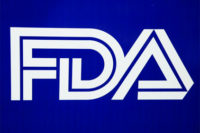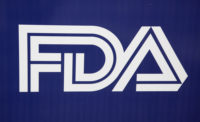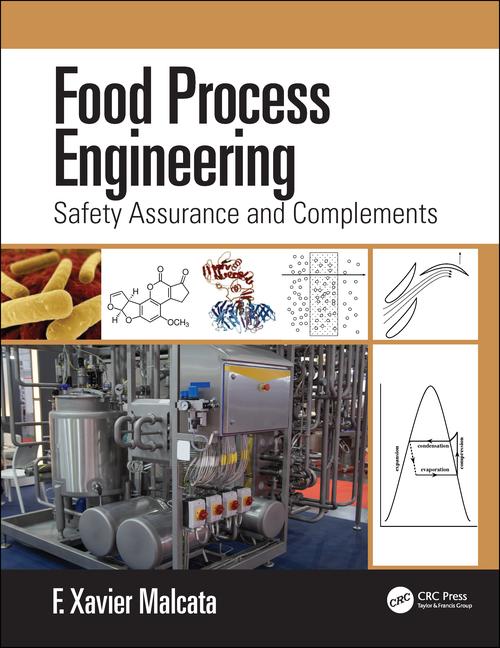Manufacturing News
GAO evaluates FDA on Produce Safety Rule communications
The rule includes many provisions that have raised many technical and business questions.

FSMA’s Produce Safety Rule for large companies became effective on Jan. 26, 2017 and, for small and very small companies, becomes effective on Jan. 26, 2018 and Jan. 26, 2019, respectively. However, according to a Government Accountability Office (GAO) report, there are still many unanswered questions processors face when looking at the FSMA rule entitled, Standards for the Growing, Harvesting, Packing, and Holding of Produce for Human Consumption.
While the rule establishes enforceable national standards for the on-farm growing, harvesting and holding of domestic and imported produce, it also includes many other provisions that have raised many technical and business questions. These provisions include standards related to agricultural water quality; the use of soil amendments such as raw manure; the presence of domesticated and wild animals; worker training, health and hygiene; and sanitation of equipment, tools and buildings.
Some producers have expressed concerns about the new produce rule specifications, including the scientific basis for standards in such areas as water quality. Others are concerned about the costs associated with meeting the new standards—particularly for smaller businesses. The Agricultural Act of 2014 (aka the 2014 Farm Bill) required that FDA ensure the final produce rule include “a plan to systematically … develop an ongoing process to evaluate and respond to business concerns.”
The act included a provision for GAO to report one year after promulgation of the final produce rule, and again the following year, on the ongoing evaluation and response process. GAO’s first report examines:
- How FDA evaluates and responds to business concerns regarding the produce rule.
- How FDA plans to assess the effectiveness of its efforts to evaluate and respond to business concerns regarding the rule.
To examine how FDA evaluates and responds to business concerns around the produce rule, GAO reviewed the final rule, including FDA’s responses to public comments on the rule; reviewed relevant information on FSMA and the produce rule on FDA’s website; interviewed FDA officials involved in the implementation of the rule; and interviewed representatives from two organizations assisting FDA with the rule’s implementation. GAO also interviewed representatives from six produce industry associations and one large retailer for their views on FDA efforts to respond to business concerns. The interviews provided a sampling of views and do not represent the view of any one organization. Finally, GAO interviewed FDA officials to learn about any ongoing or planned efforts.
FDA developed its Technical Assistance Network (TAN) to serve as a central source of information to support understanding and implementation of FSMA rules. GAO examined FDA data on TAN questions received by the agency from September 2015 through September 2016. Out of 2,626 TAN questions (most submitted online), about 14 percent (363) pertained to the produce rule, and 60 percent of those (218) identified themselves as belonging to “industry/business.” FDA told GAO that many of the questions pertaining to the produce safety rule sought clarification regarding uses of water that meet the definition of “agricultural water” and clarification on the requirements for collecting samples of agricultural water. FDA identified these topics as those most important to include in the first phase of general compliance and implementation guidance for the produce rule—other topics will be addressed in the second phase of the guidance. FDA said it would continue to reach out to industry during the rule implementation, just as it did while developing the rule.
FDA is developing a stakeholder survey to assess the effectiveness of TAN. The survey will be implemented in two parts. The first will begin in early fiscal 2017 and will solicit feedback from stakeholders about FDA’s TAN web page. In late fiscal 2017, FDA will begin soliciting feedback about the quality of information provided in its responses to TAN questions.
GAO asked representatives from industry and other associations about their experiences in submitting questions to TAN. They generally replied that wait times from TAN can be long, and some had not yet received answers to their questions. Representatives from one industry association said it took four months to get an answer through TAN.
FDA officials said that, as of early October 2016, the agency had responded to about 72 percent of all TAN questions received. FDA told GAO that it is studying how long it takes on average to respond to questions submitted to TAN, and the agency is working to decrease its response time. According to FDA officials, response times to TAN questions may be longer in some cases because the agency guidance on the produce rule and other FSMA rules is still under development, in which case(s), FDA doesn’t want to provide information through TAN that might conflict with subsequent guidance. According to FDA, median response time for questions forwarded to subject matter experts is 22 days.
Looking for a reprint of this article?
From high-res PDFs to custom plaques, order your copy today!







